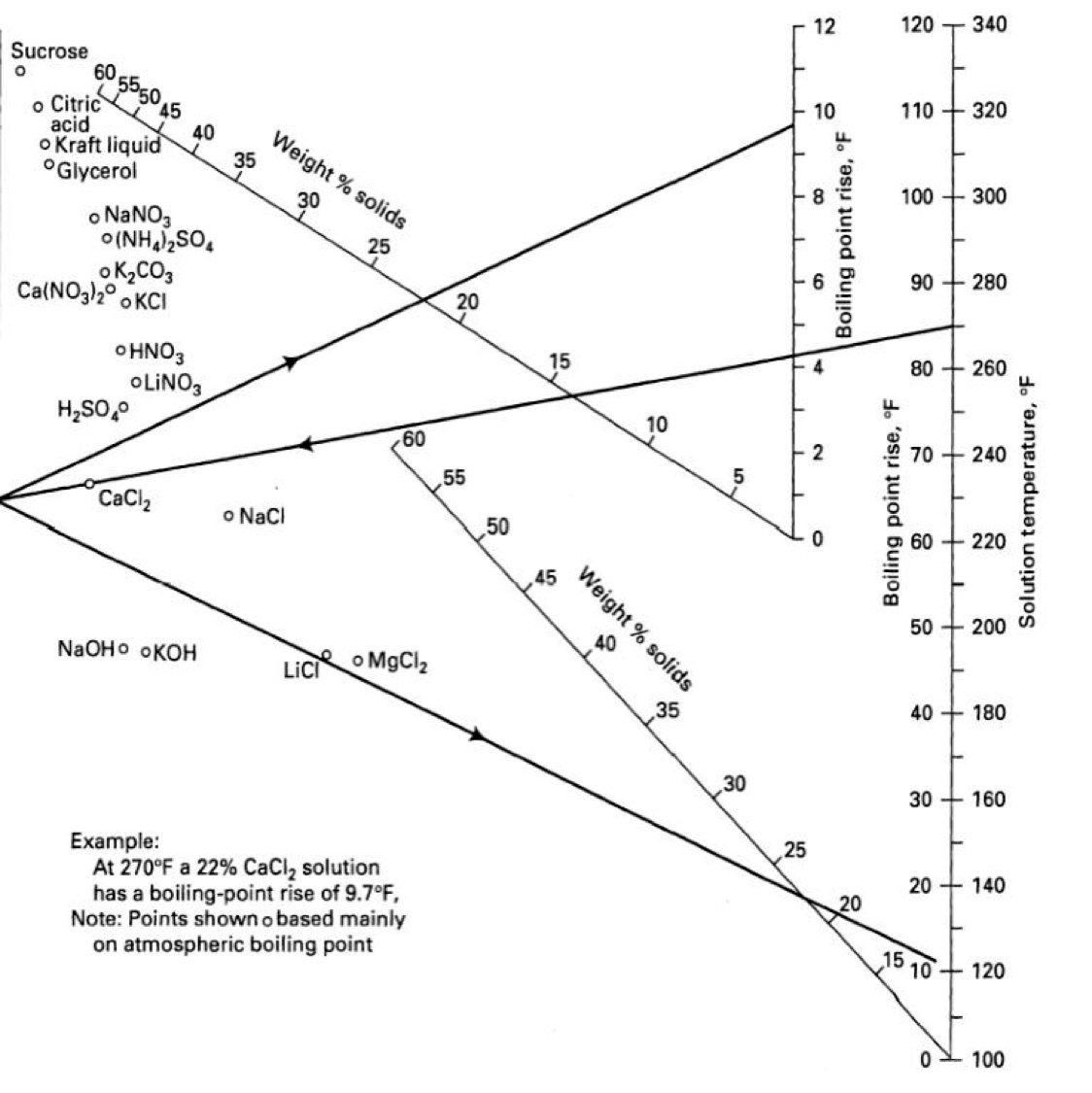Le procédé d'évaporation peut se dérouler sous vide, à pression atmosphérique ou à pression positive, et il est conçu en fonction des caractéristiques du produit (viscosité, point d'ébullition, etc.) afin de déterminer la méthode de procédé la plus adaptée à l'opération.
Le liquide à évaporer est chauffé via un échangeur de chaleur, ce qui élève sa température jusqu'au point d'ébullition selon le type de procédé d'évaporation sélectionné. L'évaporation se produit ensuite à partir de la surface d'évaporation créée sur le séparateur.
Il existe plusieurs types d'évaporateurs, mais les plus courants dans l'industrie chimique comprennent :
- Évaporation à flot tombant
- Évaporation à circulation forcée
- Évaporation à effets multiples
- Évaporation avec recompression thermique des vapeurs (TVR)
- Évaporation avec recompression mécanique des vapeurs (MVR)

